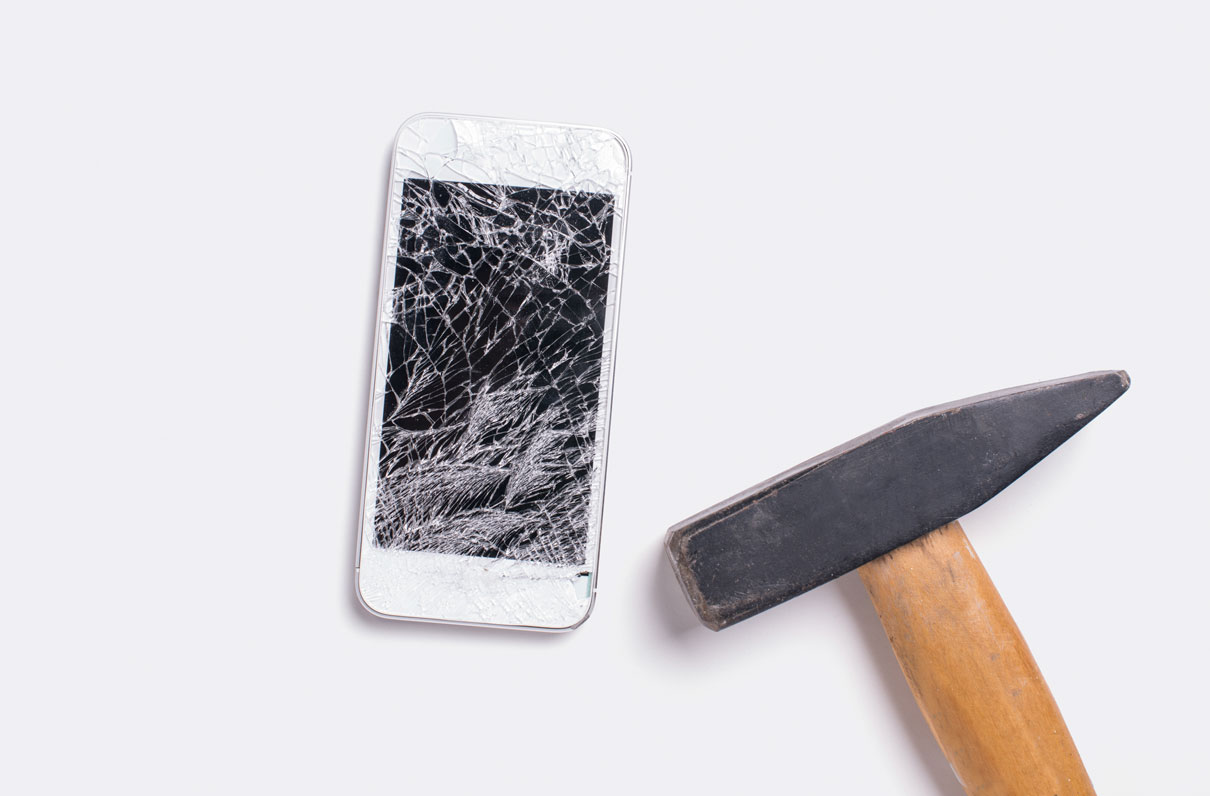By Reid Goldsborough
Technology can be frustrating. Whether it's a desktop computer, laptop, tablet, smartphone, smart speaker, smart TV, TV remote, router, printer, digital camera, website, or even a can opener, it is inevitable it's not always going to work the way you want, and sometimes it's not going to work at all.
For some, this might cause a dislike or fear of technology (called technophobia) and prevent them from using technology to its fullest - or using it at all.
Here are tips for taming the technology monster:
Take your time. Just because digital technology can be super fast doesn't mean you have to try to keep up. Working too quickly can add pressure to an already pressure-filled situation. Deadlines, whether self-imposed or otherwise, can greatly increase the stress surrounding technology, both in the short and long terms.
Simplify. Do one thing at a time. Just because technology can do many things at the same time, this doesn't mean you have to. By doing too many tasks at once, sometimes called "multitasking madness," you might not pay enough attention to any one task in order to carry out the sequence of steps you should.
Get help when you need it. Whether it's from a family member, coworker, or friend, sometimes all you need is a quick tip from someone who has experienced the same situation or problem before.
Call in an expert. Sometimes it's more cost-effective to delegate to a pro. Hiring a professional trainer or taking your device to a local repair shop can sometimes prevent a lot of hair pulling.
Get formal training. This could be on-the-job, from an evening class at a local high school or community college, or through a retail store selling the technology. It only makes sense that learning more about it reduces the stress surrounding it.
Start over. Sometimes the fastest and easiest solution to a problem with devices ranging from PCs to phones is simply to turn the device off and turn it back on. If this doesn't work, you might need to do a reset (sometimes called a soft reset) to shut it down completely, with the procedure depending on the device.
To do a soft reset with an iPhone, for instance, press and hold the Home button (at the bottom of the screen) and Power button (Sleep/Wake button) simultaneously until the Apple logo appears. You should resort to a "hard" reset, which erases all data on the phone, only in the most dire situations or if you're selling the device. With an iPhone, press Settings, General, Reset, and Erase All Content and Settings.
To do a reset with devices such as a cable modem or router, unplug, wait about a minute, plug back in, and wait a couple of minutes for the settings to refresh.
Think like your device. Though digital technology sometimes seems incomprehensible, lots of thought goes into how devices operate, including their user interfaces. If you can put yourself into the shoes of the persons who designed the device, you often can figure what specific steps to take to problem solve.
Experiment. If something doesn't work, try something else. Many technophobes avoid trial and error because they're afraid that if they press the wrong button they'll break the device. You sometimes can, in fact, mangle the settings, but you or someone else can unmangle them. Just about anything that can be done can be undone. Short of dropping the device hard on the ground or into a toilet, in all likelihood, you won't break it.
- Reid Goldsborough is a syndicated columnist and author of the book Straight Talk About the Information Superhighway. He can be reached at reidgoldsborough@gmail.com or reidgold.com.
